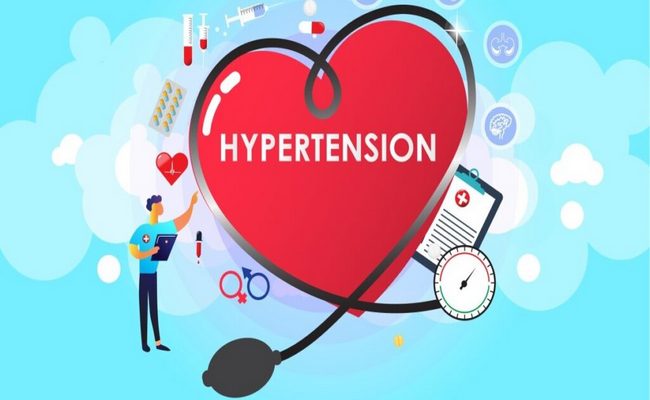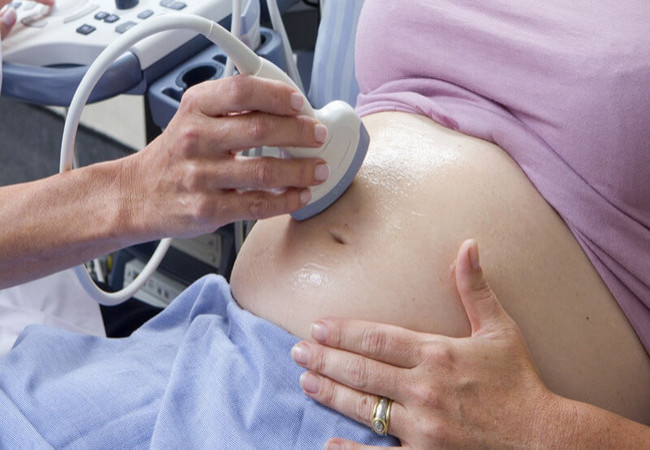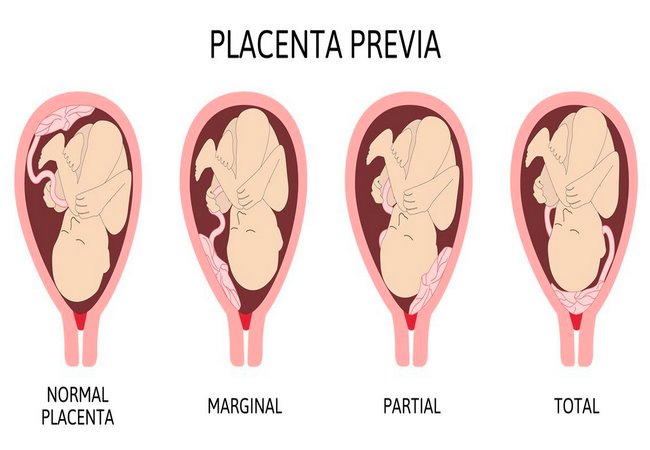Nursing Intervention or Management of Hypertension
What is Hypertension (HTN)?
Hypertension (HTN) is a worldwide health problem that affects about 25-40% of individuals. It is a major cardiovascular risk factor and it is associated with many cardiovascular complications (e-g., stroke, heart failure). The prevalence of raised blood pressure is highest in Africa, where it is 46% for both sexes combined. HTN can affect people at any age; women at child-bearing age are no exception.

Nursing Management of Hypertension:
Nursing Assessment:
Nursing assessment must involve careful monitoring of the blood pressure at frequent and routinely scheduled intervals.
- If patient is on antihypertensive medications, blood pressure is assessed to determine the effectiveness and detect changes in the blood pressure.
- Complete history should be obtained to assess for signs and symptoms that indicate target organ damage.
- Pay attention to the rate, rhythm, and character of the apical and peripheral pulses.
You can read: Different Types and Causes of Hypertension (HTN)
Diagnosis:
Based on the assessment data, nursing diagnoses may include the following:
- Deficient knowledge regarding the relation between the treatment regimen and control of the disease process.
- Noncompliance with the therapeutic regimen related to side effects of the prescribed therapy.
- Risk for activity intolerance related to imbalance between oxygen supply and demand.
- Risk-prone health behavior related to condition requiring change in lifestyle.
Nursing Care Plan and Goals:
The major goals for a patient with hypertension are as follows:
- Understanding of the disease process and its treatment.
- Participation in a self-care program.
- Absence of complications.
- BP within acceptable limits for individual.
- Cardiovascular and systemic complications prevented/minimized.
- Disease process/prognosis and therapeutic regimen understood.
- Necessary lifestyle/behavioral changes initiated.
- Plan in place to meet needs after discharge.
Nursing Priorities:
- Maintain/enhance cardiovascular functioning.
- Prevent complications.
- Provide information about disease process/prognosis and treatment regimen.
- Support active patient control of condition.
Nursing Interventions:
The objective of nursing care focuses on lowering and controlling the blood pressure without adverse effects and without undue cost.
- Encourage the patient to consult a dietitian to help develop a plan for improving nutrient intake or for weight loss.
- Encourage restriction of sodium and fat.
- Emphasize increase intake of fruits and vegetables.
- Implement regular physical activity.
- Advise patient to limit alcohol consumption and avoidance of tobacco.
- Assist the patient to develop and adhere to an appropriate exercise regimen.
Evaluation:
At the end of the treatment regimen, the following are expected to be achieved:
- Maintain blood pressure at less than 140/90 mmHg with lifestyle modifications, medications, or both.
- Demonstrate no symptoms of angina, palpitations, or visual changes.
- Has stable BUN and serum creatinine levels.
- Has palpable peripheral pulses.
- Adheres to the dietary regimen as prescribed.
- Exercises regularly.
- Takes medications as prescribed and reports side effects.
- Measures blood pressure routinely.
- Abstains from tobacco and alcohol intake.
- Exhibits no complications.
Discharge and Home Care Guidelines:
Following discharge, the nurse should promote self-care and independence of the patient.
- The nurse can help the patient achieve blood pressure control through education about managing blood pressure.
- Assist the patient in setting goal blood pressures.
- Provide assistance with social support.
- Encourage the involvement of family members in the education program to support the patient’s efforts to control hypertension.
- Provide written information about expected effects and side effects.
- Encourage and teach patients to measure their blood pressures at home.
- Emphasize strict compliance of follow-up checkup.
More questions related to this article:
- What do you mean by hypertension?
- What is the meaning of hypertension?
- Describe the nursing management of hypertension.
- Explain the nursing care plan of hypertension.
- Write down the nursing intervention of hypertension.











